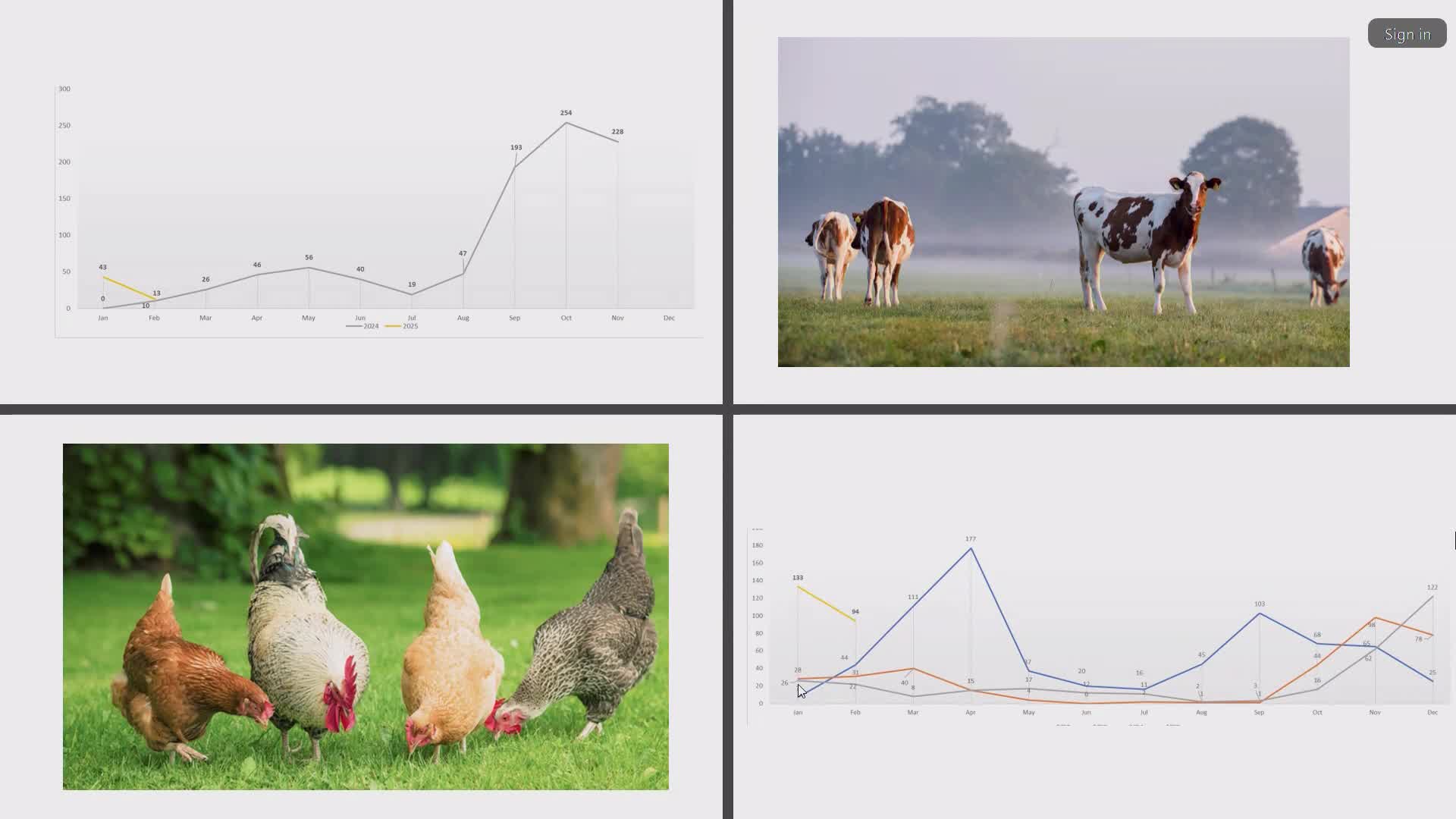USDA expands surveillance and biosecurity measures to combat avian influenza outbreak
March 05, 2025 | California State Senate, Senate, Legislative, California
This article was created by AI summarizing key points discussed. AI makes mistakes, so for full details and context, please refer to the video of the full meeting. Please report any errors so we can fix them. Report an error »

In a recent joint hearing held by the California State Senate on March 5, 2025, critical discussions centered on the health of livestock and the impact of avian influenza on both domestic animals and wildlife. The meeting highlighted the importance of surveillance and biosecurity measures in managing outbreaks, particularly in poultry and dairy cattle.
Dr. Jones emphasized the extensive surveillance programs in place for poultry, which have proven effective in early detection of viruses. This proactive approach has garnered international recognition for its thoroughness. In contrast, dairy cattle surveillance has been ramped up over the past year, with 45 states now participating in a national milk testing strategy aimed at identifying and eliminating the virus from herds.
Biosecurity emerged as a key focus, with experts noting that improved practices have significantly reduced the spread of disease between farms. However, the threat from wild birds remains a concern, as they can introduce viruses to livestock. The meeting underscored the need for enhanced biosecurity measures and the development of more effective vaccines to combat avian influenza.
Senator Cortez raised important questions regarding the impact of migratory birds on the spread of the virus, seeking data on wild bird populations and their role in transmission. Experts acknowledged the challenges in monitoring these populations but noted that approximately 10% of sampled wild birds carry some form of influenza, with a smaller percentage being highly pathogenic.
The California Department of Fish and Wildlife is collaborating with federal agencies to monitor wildlife and track migratory patterns, although predicting outbreaks remains complex. The hearing concluded with a call for more research into the persistence of the virus in wild birds and its broader implications for both wildlife and agricultural health.
As California continues to address these pressing issues, the outcomes of this meeting will play a crucial role in shaping future strategies to protect both livestock and public health. The collaboration between state and federal agencies, alongside ongoing research, is vital in ensuring the safety and resilience of California's agricultural landscape.
Dr. Jones emphasized the extensive surveillance programs in place for poultry, which have proven effective in early detection of viruses. This proactive approach has garnered international recognition for its thoroughness. In contrast, dairy cattle surveillance has been ramped up over the past year, with 45 states now participating in a national milk testing strategy aimed at identifying and eliminating the virus from herds.
Biosecurity emerged as a key focus, with experts noting that improved practices have significantly reduced the spread of disease between farms. However, the threat from wild birds remains a concern, as they can introduce viruses to livestock. The meeting underscored the need for enhanced biosecurity measures and the development of more effective vaccines to combat avian influenza.
Senator Cortez raised important questions regarding the impact of migratory birds on the spread of the virus, seeking data on wild bird populations and their role in transmission. Experts acknowledged the challenges in monitoring these populations but noted that approximately 10% of sampled wild birds carry some form of influenza, with a smaller percentage being highly pathogenic.
The California Department of Fish and Wildlife is collaborating with federal agencies to monitor wildlife and track migratory patterns, although predicting outbreaks remains complex. The hearing concluded with a call for more research into the persistence of the virus in wild birds and its broader implications for both wildlife and agricultural health.
As California continues to address these pressing issues, the outcomes of this meeting will play a crucial role in shaping future strategies to protect both livestock and public health. The collaboration between state and federal agencies, alongside ongoing research, is vital in ensuring the safety and resilience of California's agricultural landscape.
View full meeting
This article is based on a recent meeting—watch the full video and explore the complete transcript for deeper insights into the discussion.
View full meeting
